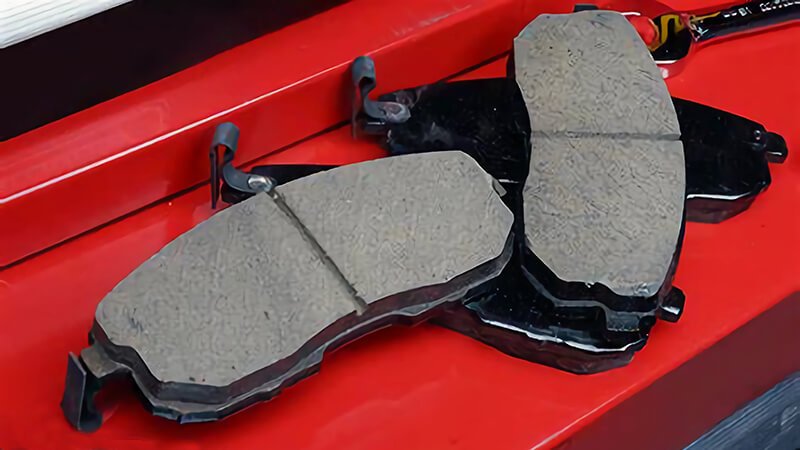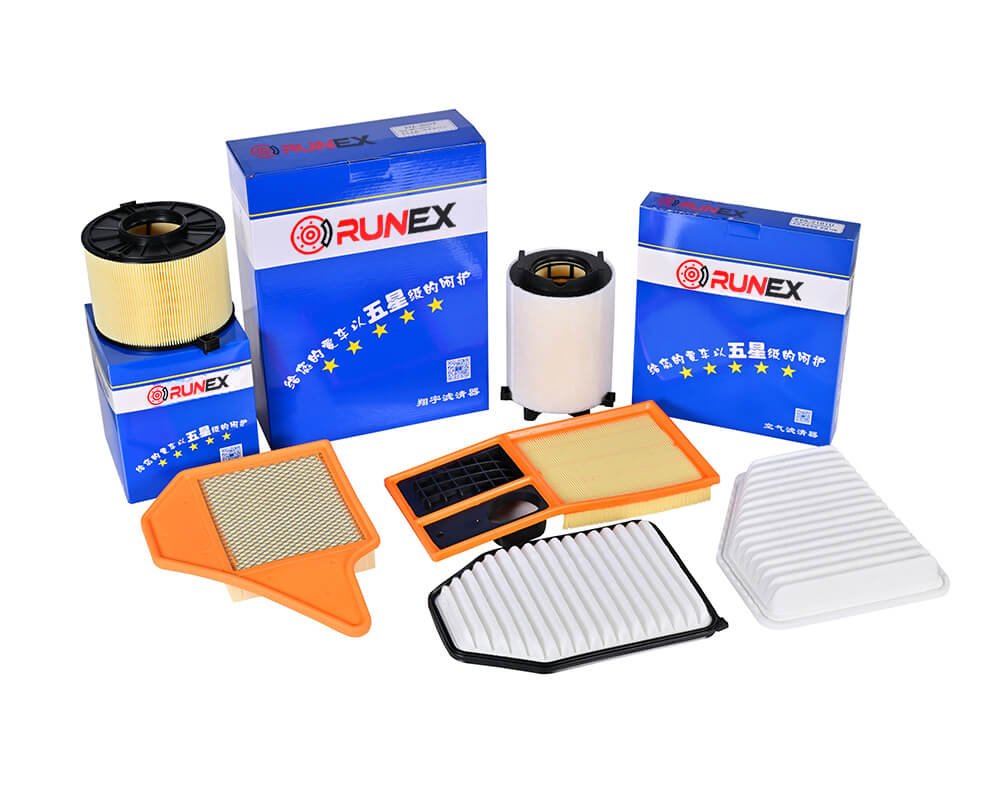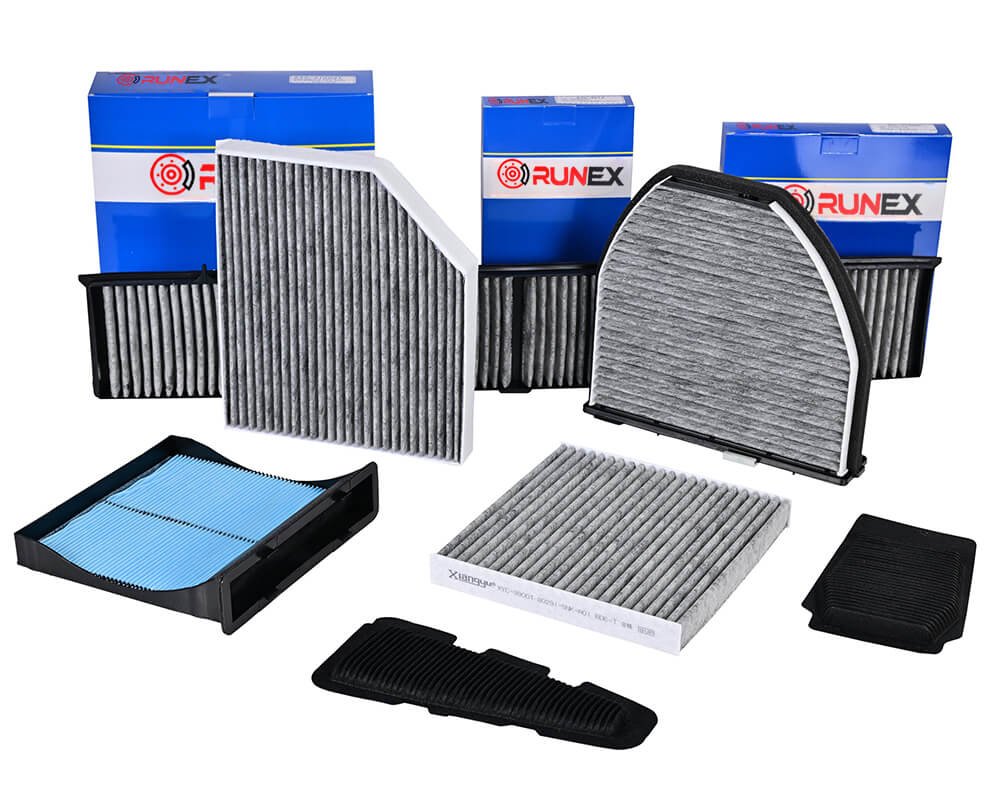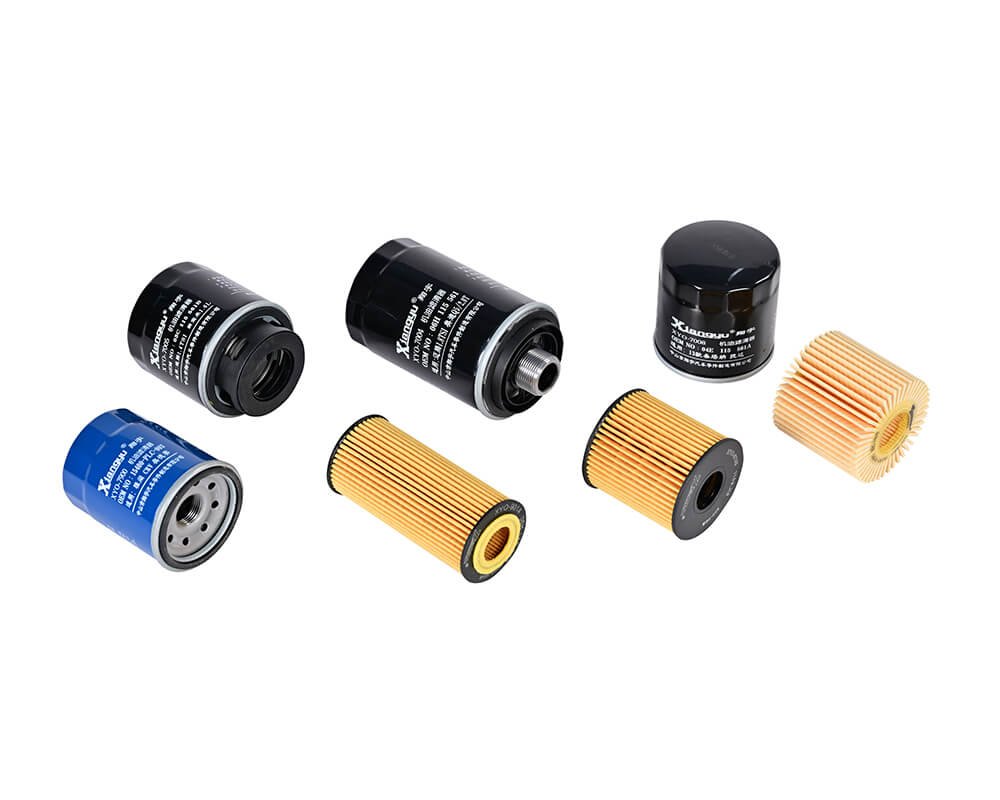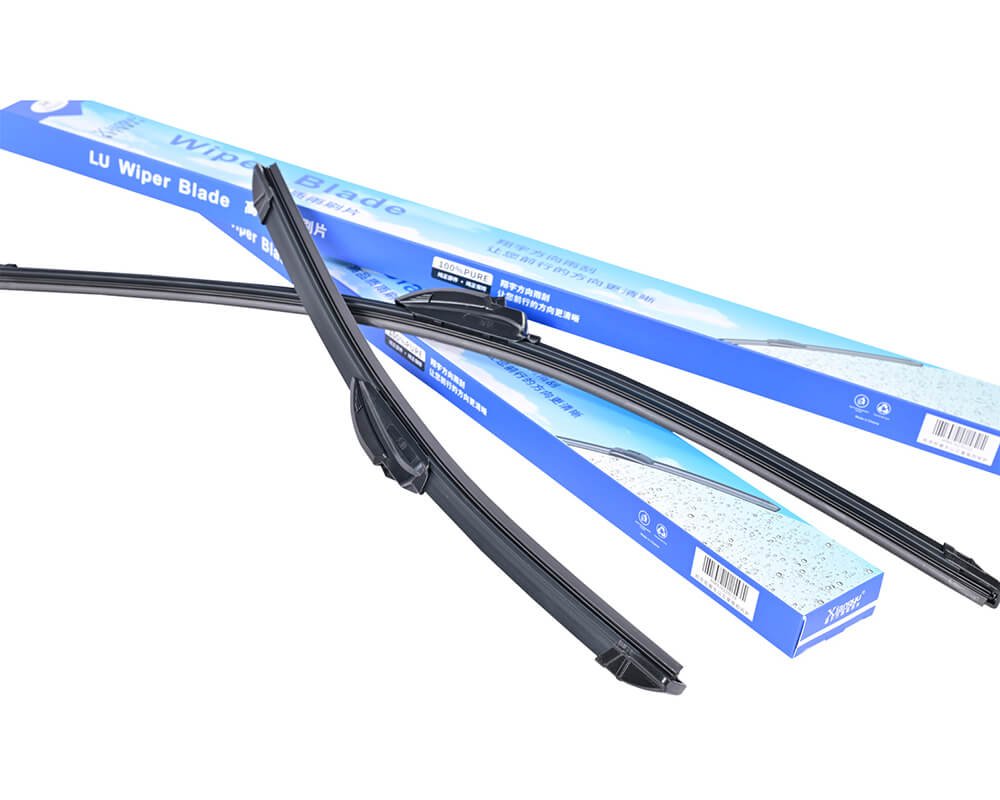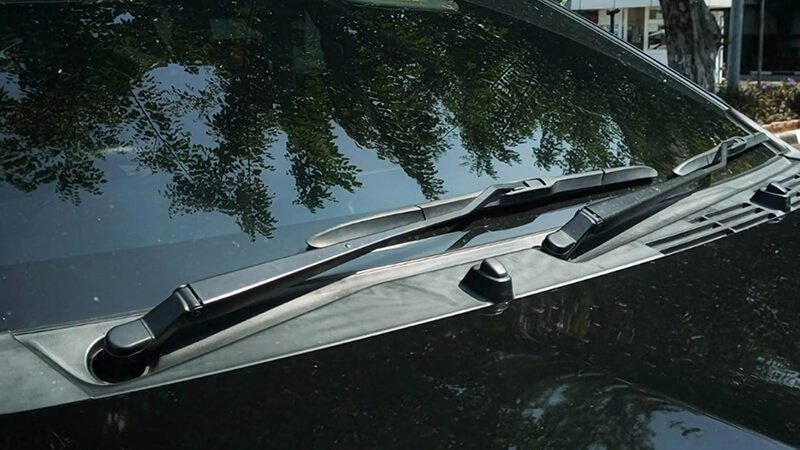When should I replace my brake pads? That question drives countless maintenance calls—and costly surprises—every year.
Most vehicles need new brake pads between 30,000 and 70,000 miles. But pad life varies drastically based on quality, driving habits, and conditions.
When I talk to our clients—especially those managing commercial fleets—this is always one of the first things they ask. The truth? There’s no single number. But what you choose does matter. And Runex Auto’s brake pads are built to last longer, stop cleaner, and reduce downtime.

How long do brake pads last on average?
Heavy braking, city driving, low-grade pads—all of these kill brake pad life early. That’s pain for drivers and cost for fleet managers.
On average, brake pads last between 30,000 and 70,000 miles. But low-quality pads in high-stress conditions can wear out in under 25,000 miles. Runex ceramic brake pads consistently perform above 35,000–45,000 miles in fleet use.
Why mileage varies so much
Runex Auto supplies brake pads1 to a wide range of users—from personal cars to last-mile delivery fleets. Here's what we’ve learned:
| Factor | Impact on Pad Life | Explanation |
|---|---|---|
| Stop-and-go traffic | Shortens lifespan | Frequent braking overheats pads |
| Driving style | Major influence | Aggressive drivers wear pads faster |
| Pad material | Critical | Ceramic lasts longer than semi-metallic |
| Pad quality | Makes or breaks it | Runex pads use refined blends for longer wear |
| Load weight | Increases wear | Heavier vehicles generate more braking force |
A UK client who ran a fleet of vans used to replace brake pads every 20,000 miles. We introduced them to our Runex ceramic2 series. Six months in, wear intervals increased to 35,000+ miles, with better stopping and fewer complaints. That’s not just longer life—that’s better business.
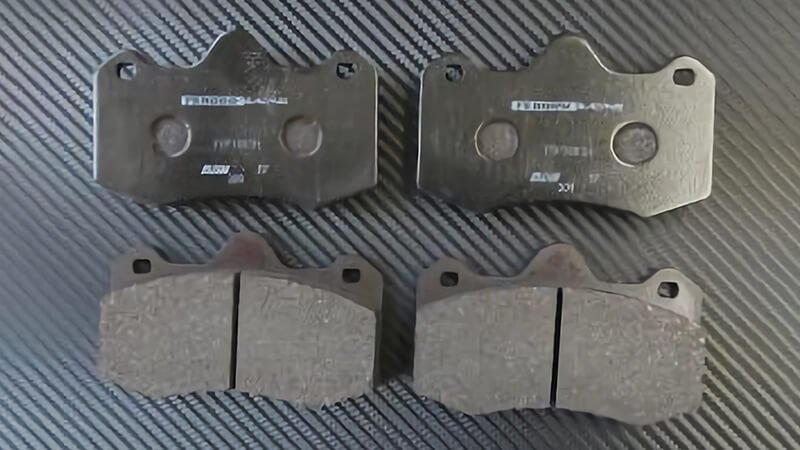
What is the 30/30/30 rule for brakes?
The rule sounds simple, but is it practical? Let's break it down.
The 30/30/30 rule suggests checking your brakes every 30,000 miles, listening for noise under 30 mph, and stopping within 30 feet. It’s a good starting point—but it’s not a substitute for quality parts or real inspection.
Beyond the 30/30/30: What really matters
Rules of thumb are helpful, but they don’t replace attention to detail. Here’s how I help our clients make smarter decisions:
1. Check doesn’t mean replace
At 30,000 miles, brakes should be inspected—not blindly replaced. At Runex Auto, we encourage performance-based decisions, not arbitrary intervals.
2. Noise is a late sign
Brake squeal below 30 mph often means pads are worn—or that inferior pads were installed to begin with. Runex brake pads3 have built-in shims and noise suppression layers to delay or prevent this.
3. Stopping distance isn’t consistent
That “30 feet” stopping benchmark? It depends on weight, road conditions, tire quality, and more. Our ceramic pads4 reduce fade, meaning you get better consistency, even under load.
| Rule | Reality Check |
|---|---|
| Check at 30K | Yes, but trust data not a calendar |
| Noisy under 30 mph | True—but that may be too late |
| Stop in 30 feet | Not reliable across all vehicles |
Bottom line: the 30/30/30 rule is a reminder, not a diagnosis. Quality brake pads are a better guarantee than any rule.

How often should I change the brake pads?
Some people change pads every 20,000 miles. Others drive 70,000 without worry. What’s the real answer?
You should replace brake pads when they reach 3mm thickness or show signs of wear. In fleets, that typically means every 35,000–45,000 miles with Runex ceramic pads.
Preventive vs. reactive maintenance
Most fleet managers fall into two camps:
Preventive planners
They schedule changes every 30–40K miles. No guesswork, no downtime. Many of our Runex partners use this strategy.
Reactive responders
They wait until drivers report noise or brake fade. That works—until it doesn’t. Worn pads can damage rotors, create safety risks, and slow deliveries.
Here's a breakdown of how proactive maintenance5 adds value:
| Strategy | Pros | Cons |
|---|---|---|
| Preventive (Runex preferred) | Predictable, safer, no rotor damage | Higher parts spend up front |
| Reactive | Delays cost | Risky, damages rotors, higher total cost |
In our own testing, pads from budget suppliers often degrade by 20K miles. Ours, thanks to optimized friction formulas, reach 40K miles and beyond—even in tough city routes.
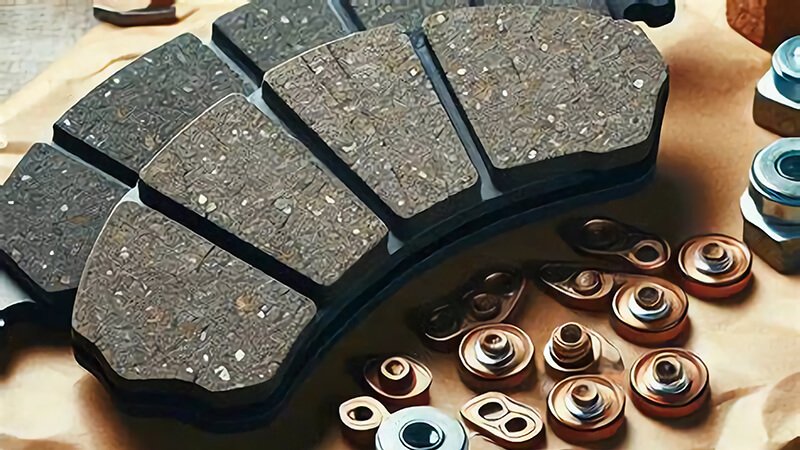
How do I know if brake pads need replacing?
Waiting for a dashboard light or screeching sound? That’s already late. Smart drivers and procurement teams catch the signs earlier.
Replace brake pads if you hear grinding, feel vibration during braking, see pad thickness below 3mm, or detect longer stopping distances. High-end pads like Runex reduce the chance of these late-stage warnings.
Early detection = lower cost
Let’s break down the most common signs, what they mean, and what to do:
| Symptom | Likely Cause | Action |
|---|---|---|
| Squealing | Worn pads or low-quality backing | Replace pads |
| Grinding | Metal-to-metal contact | Replace pads + rotors |
| Brake fade | Overheating pads | Upgrade to ceramic (Runex recommended6) |
| Pulling to one side | Uneven wear or caliper issue | Inspect system |
| Vibration | Warped rotor or pad | Replace pads + resurface or replace rotor |
Runex pads have wear indicators that signal when to replace—without needing to wait for damage. And our multi-layered design keeps noise low, even as pads approach their wear limit.
Many clients report fewer surprises after switching to us. When drivers don’t need to think about their brakes, we know we’ve done our job right.
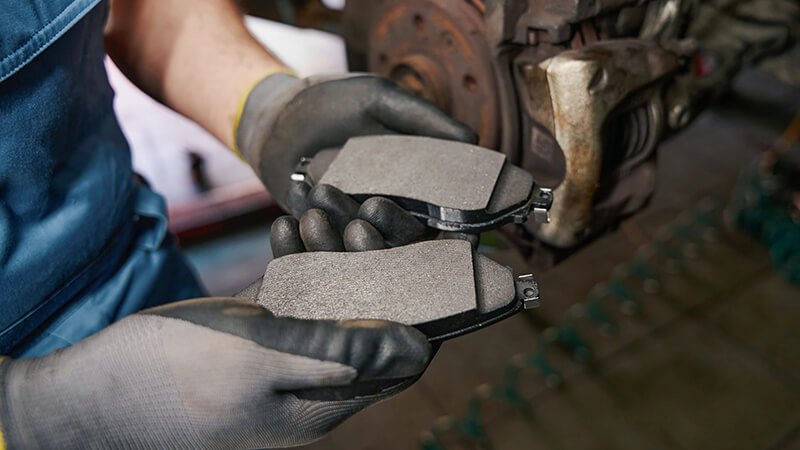
Conclusion
Brake pad replacement isn’t just about mileage—it’s about material, conditions, and smart decisions. While average pads wear out at 25K–35K miles in urban fleets, Runex ceramic brake pads regularly push beyond 40K. That means fewer stops, lower lifetime costs, and more uptime. If you manage a fleet—or just want parts that perform—you need brake pads7 that match your reality, not just the rulebook.
-
Explore this link to discover top-rated brake pads that enhance performance and lifespan, ensuring safer driving. ↩
-
Learn why ceramic brake pads are preferred for durability and performance, making them a smart choice for your vehicle. ↩
-
Explore the advantages of Runex brake pads, including their noise suppression and performance features that enhance safety. ↩
-
Learn about ceramic brake pads and how they provide better stopping power and consistency, especially under load. ↩
-
Exploring this resource will provide insights into how proactive maintenance can enhance vehicle safety and efficiency. ↩
-
Discover why Runex brake pads are highly recommended for performance and safety, ensuring a smoother driving experience. ↩
-
Find the best auto brake pads from Runex. ↩

